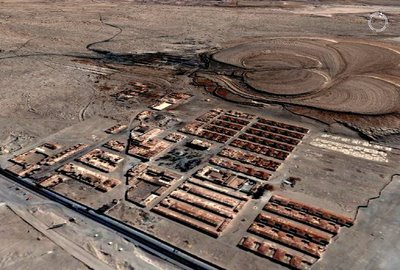The immense wealth to be found in many parts of the Andes Mountains and the Amazon Rainforest is not always obvious—because it’s beneath the ground. Most of the areas with rich concentrations of gold or gems tend to be in poorer regions of Peru, Brazil, Bolivia, and other Central or South American nations. Graystone Company is one example of a mining company with mining operations in Latin America that boosts the economy in the respective areas.
Additionally, there are many towns and villages in South America that can be visited by tourists and travelers who are interested in mining, ore extraction, or even gold mining stocks.

Named one of the most remote places in the world, La Rinconada is known both for its gold ore production and its difficulty to access. Situated seventeen thousand feet above sea level, this Peruvian town can only be accessed by a winding and precarious road, as the air is too thin for helicopters to land. Visitors tend to have difficulty acclimatizing to the elevation, but the population of over thirty thousand works in the nearby cave shafts that tap directly into the peaks of the Andes.

Few countries produce more raw silver than Bolivia, and few towns in Bolivia produce more of the ore than Potosi. This boomtown enjoys proximity to well over a thousand separate silver mines, making it one of the wealthiest spouts for mining investments and infrastructures in the entire world. Tours run year-round and take visitors deep into the mine shafts, sometimes for as long as several hours, to understand how the metal is mined. It is typical for tourists to purchase small gifts for miners, like candy or cigarettes, on the tour.

Humberstone, Chile, is less well known for its residents than for the people who pass through it. The city experienced its heyday a century ago when nitrate mining for chemicals like saltpeter brought in a fortune. But by the 1930s, demand evaporated and the town's inhabitants set off for greener pastures. Today, visitors can see a true ghost town: a city unchanged by time except for the occasional dust storm, with the living conditions of the miners intact. Machines and tools from generations past, now well rusted, are still in the shops that processed nitrate into its valuable components. The town has been named a World Heritage site so that it can be preserved as an example of historical mining operations.




No comments:
Post a Comment